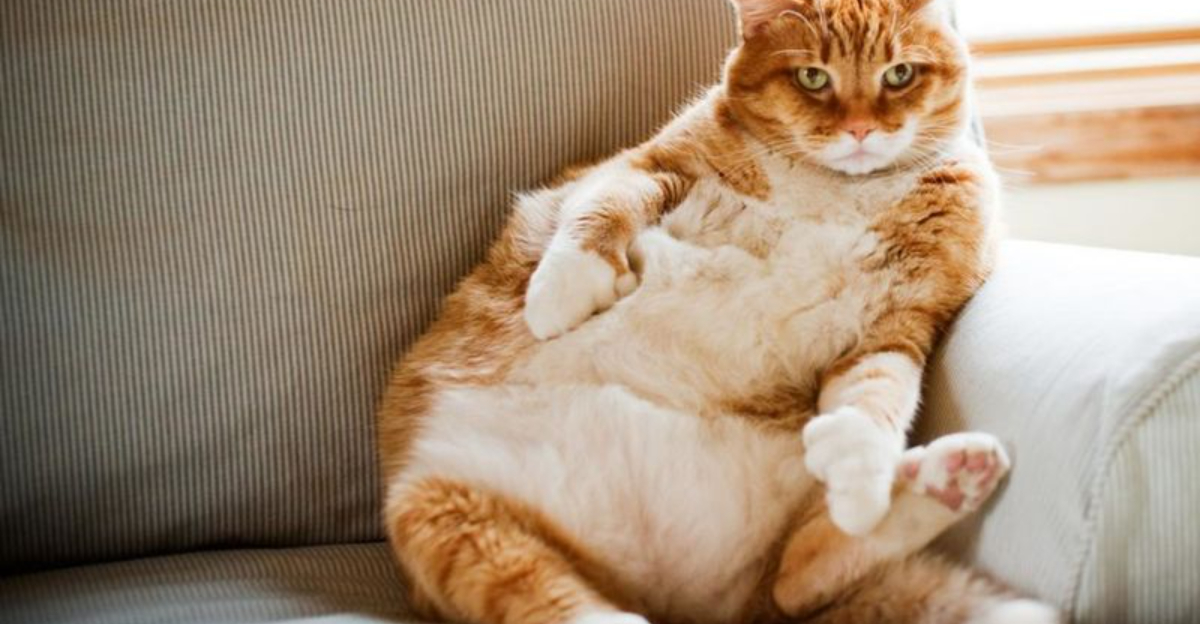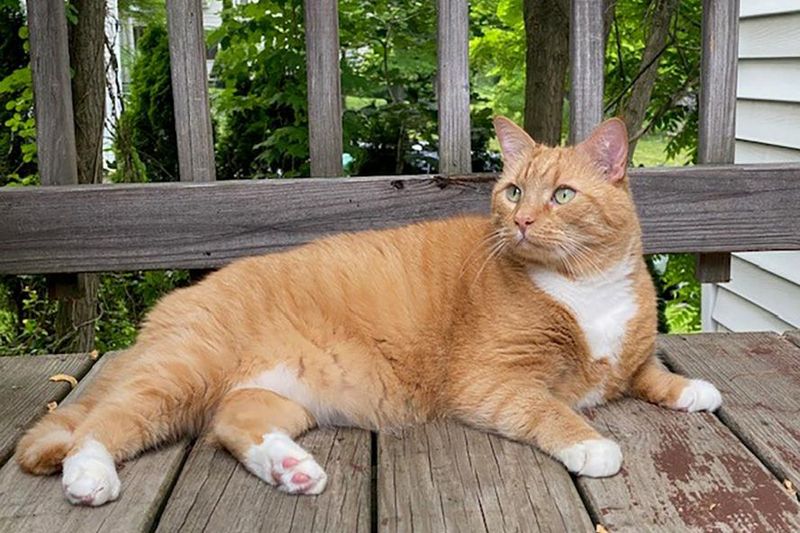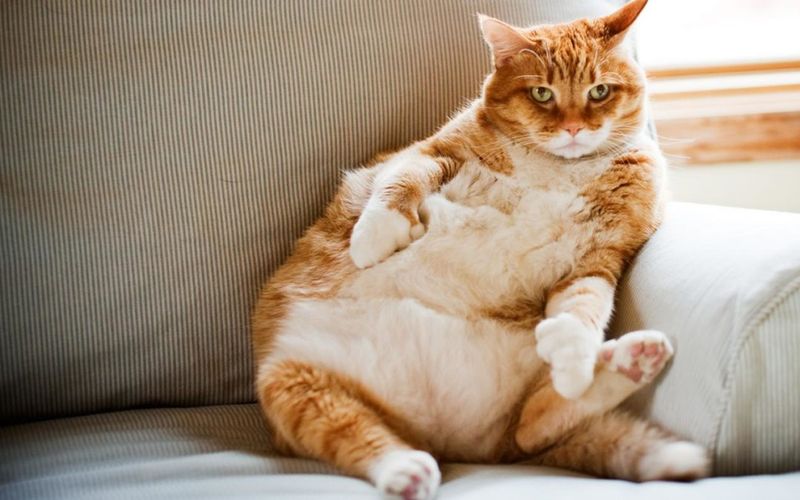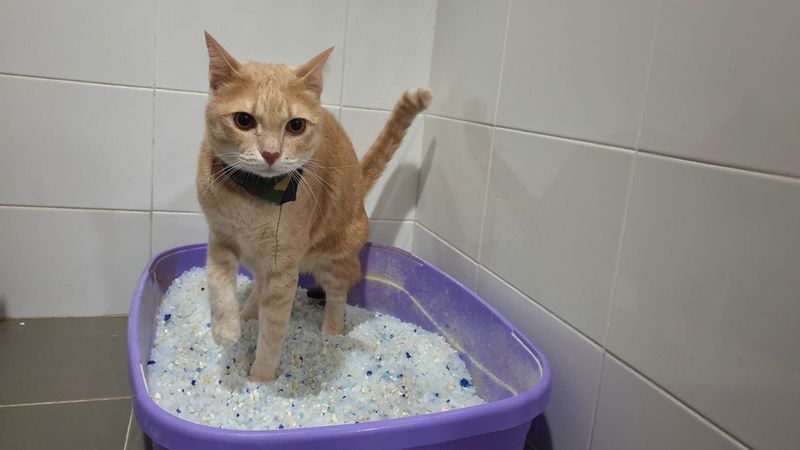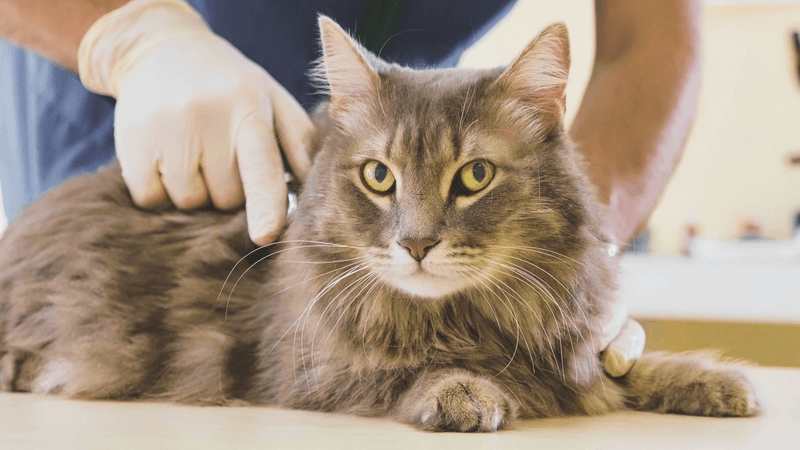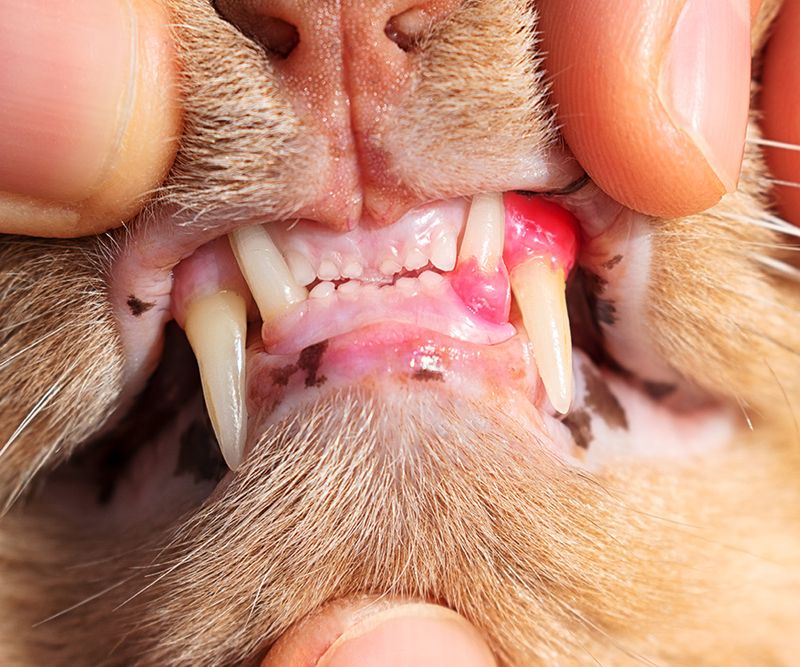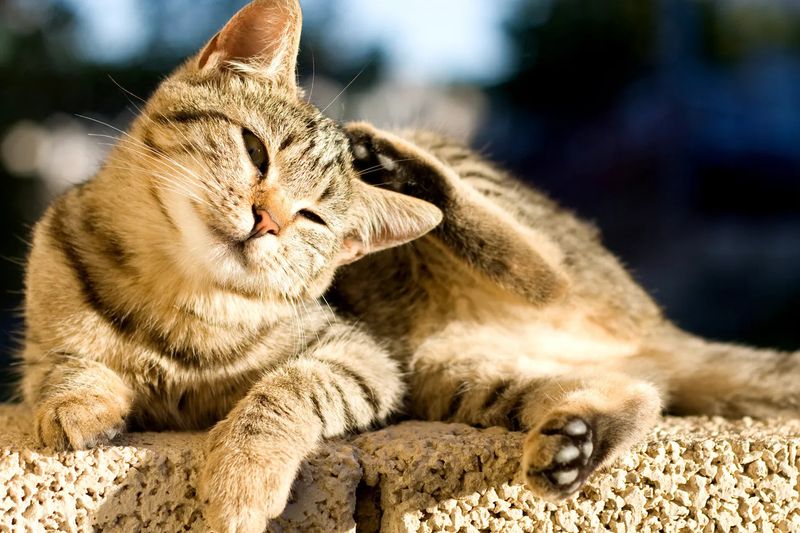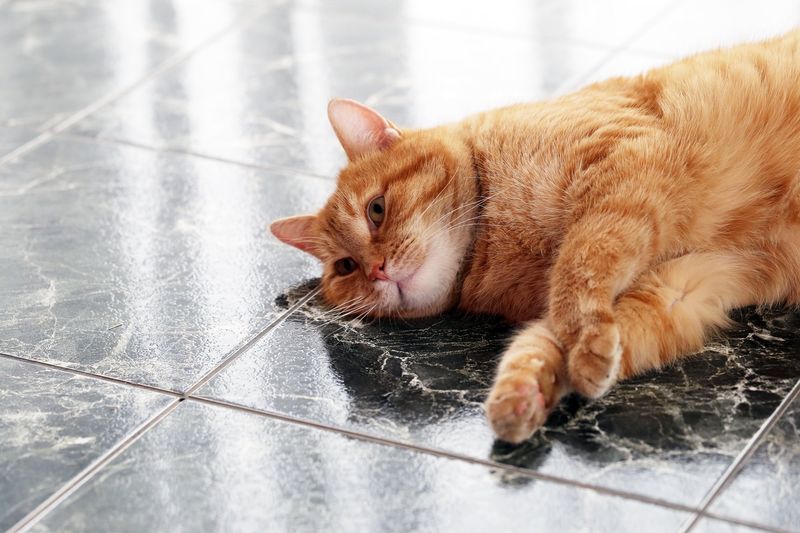📖 Table of Content:
When it comes to feline health, most cat owners know the basics—regular vet visits, vaccinations, and flea prevention. But one crucial element often flies under the radar: nutrition. What your cat eats doesn’t just fill their belly—it can influence everything from their energy levels to the development or prevention of chronic illnesses. Just like in humans, food plays a foundational role in a cat’s overall well-being.
Surprisingly, many common cat illnesses are either triggered or worsened by poor dietary choices. Conditions like obesity, diabetes, and urinary issues have strong links to what’s in the food bowl. While genetics and environment certainly play a role, nutrition often tips the scale toward health or harm. The good news? Adjusting your cat’s diet can sometimes prevent issues before they start or help manage existing ones more effectively.
In the following sections, we’ll explore seven cat illnesses that are closely tied to nutrition. From digestive troubles to dental disease, these conditions serve as a reminder that feeding your cat isn’t just a daily task—it’s a powerful tool in supporting their long-term health. Knowing what goes into their food could be the key to keeping your feline friend thriving for years to come.
1. Obesity
Weight gain in cats doesn’t happen overnight—it’s often the result of subtle overfeeding and calorie-dense diets. A sedentary indoor lifestyle paired with frequent treats can tip the scale quickly. More than just a cosmetic issue, feline obesity increases the risk of arthritis, heart disease, and diabetes. Many pet parents don’t realize just how few calories cats actually need each day. Switching to portion-controlled, high-protein diets can help manage weight safely. Rather than free-feeding dry kibble, scheduled meals give you control over intake. Prevention is far easier than treatment, and dietary discipline is the first step.
2. Diabetes Mellitus
Feline diabetes is closely tied to nutrition, especially high-carbohydrate diets that disrupt blood sugar balance. In the wild, cats thrive on protein and fat, not grains or starches. Processed foods loaded with fillers may cause insulin resistance over time. Early signs—like increased thirst and urination—can easily be missed without routine monitoring. Diet plays a critical role in both prevention and management of this disease. Switching to low-carb, high-protein food has even reversed Type 2 diabetes in some cats. Consistency in feeding and avoiding sugary treats makes all the difference.
3. Urinary Tract Disease (FLUTD)
Crystals, blockages, and inflammation in the urinary tract are often linked to diet. Cats evolved to get most of their hydration from prey, not water bowls. Feeding exclusively dry kibble can leave them chronically dehydrated, increasing the risk of urinary issues. Acidic or alkaline imbalances in the urine may also stem from certain food formulas. Offering wet food and ensuring a balanced pH can significantly reduce flare-ups. Prevention hinges on both hydration and proper mineral content in meals. When urinary problems arise, dietary therapy is usually the first line of defense.
4. Chronic Kidney Disease (CKD)
As cats age, their kidneys often lose function—sometimes silently and without early symptoms. Diet becomes a lifeline for cats with CKD, slowing the progression and improving quality of life. Low-phosphorus, moderate-protein meals are key components of a kidney-supportive diet. Excess phosphorus and sodium from commercial foods can accelerate damage. Cats with CKD also need ample hydration, making wet food or added broths crucial. Renal diets are not just about restriction—they’re designed to ease the workload on struggling kidneys. For many senior cats, a tailored diet means more comfortable, extended years.
5. Dental Disease
Gum disease, tooth decay, and painful infections often begin with what’s in your cat’s bowl. Though many believe dry kibble helps clean teeth, it may not be enough on its own. Sticky, soft foods can coat the teeth and promote plaque buildup. Frequent exposure to sugary additives or carbohydrates exacerbates the problem. Dental-friendly diets and textured treats can help reduce tartar when combined with regular brushing. Ignoring oral health can lead to systemic issues, as bacteria from the mouth enter the bloodstream. Nutrition plays an unsung but powerful role in feline dental health.
6. Food Allergies or Intolerances
Cats can develop food allergies or intolerances, often triggered by common ingredients like beef, dairy, or fish. These can lead to digestive issues, skin problems, or chronic ear infections. Identifying and eliminating allergens from your cat’s diet is crucial. Consulting with a vet can help determine the cause of these reactions. Switching to hypoallergenic or limited-ingredient diets can alleviate symptoms. Regular monitoring of your cat’s response to new foods can guide effective dietary changes. Awareness and careful selection of ingredients are key in managing food allergies.
7. Pancreatitis
Inflammation of the pancreas is a serious and painful condition that’s often linked to fat-heavy meals or abrupt diet changes. Notoriously difficult to diagnose, pancreatitis may present as vomiting, lethargy, or loss of appetite. While the exact causes remain unclear, diet undeniably plays a role in flare-ups. Low-fat, easily digestible meals are recommended during recovery and beyond. Consistency in feeding times and food types can help reduce stress on the pancreas. Rich table scraps or greasy treats should be completely avoided. With the right nutrition plan, many cats can recover and avoid recurrences.
